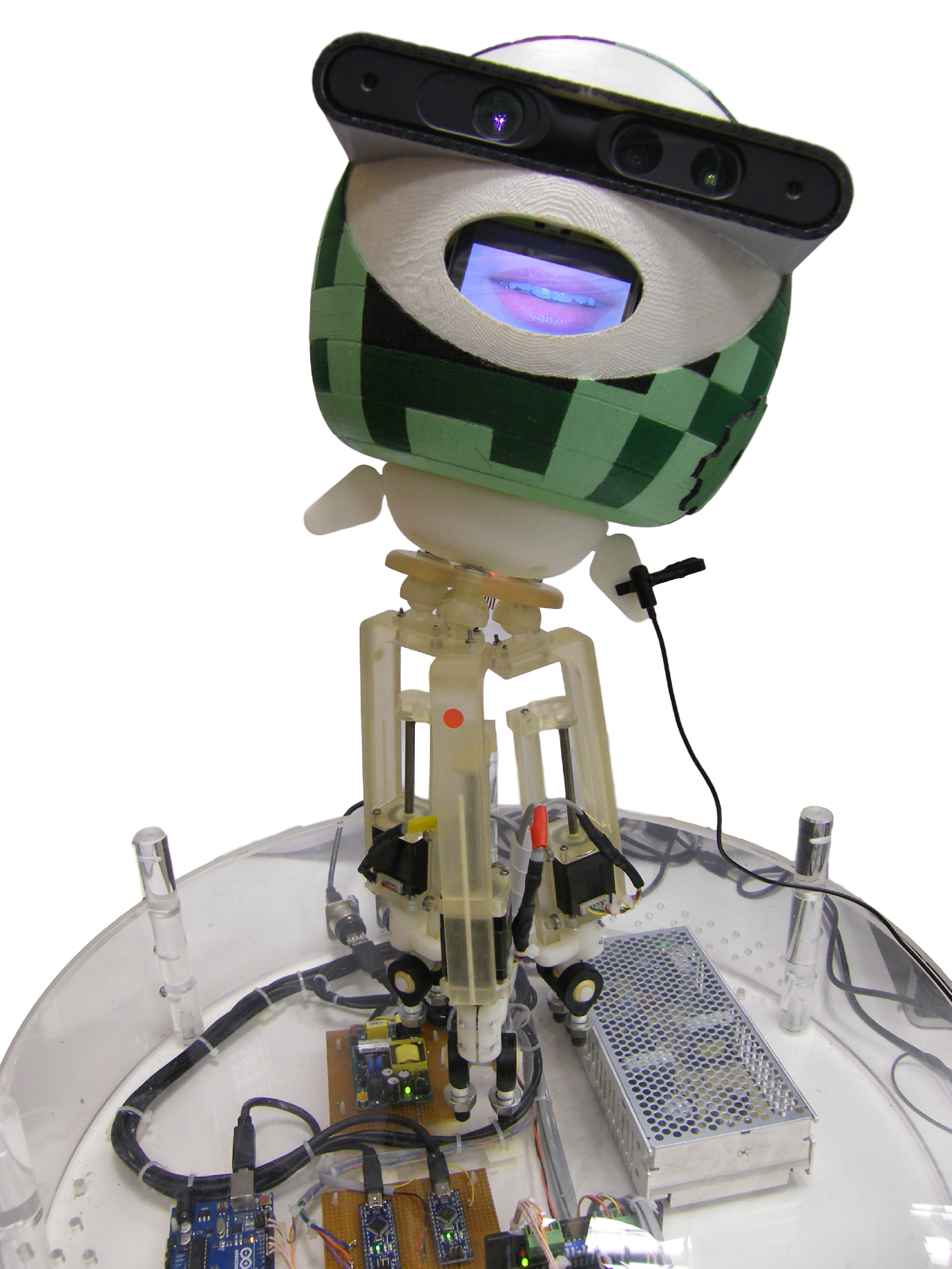

PKU Globex Faculty Fellow, Peking University
2017 July Semester (Julmester), Instructor
For final year undergraduates and first year graduate students
Traditional industrial robots have been designed to be as rigid as possible to ensure good motion precision; however, because of the massive rigidity, it can make them dangerous when operating in close proximity with humans. Further, as robots expand their domain into healthcare and home service, the issues of safety, adaptability and energy efficiency become a primary concern. To address these challenges, scientists are developing a new generation of compliant robots by adopting flexible and soft materials in their construction. This course aims to provide students with an essential knowledge for compliant robotic modeling, perception, interactive control and path planning. The topics covered include compliant robotic systems such as robot hands with compliant fingers and soft fingertips, flexible snake robot and soft octopus robot. This course involves a hands-on coding exercise to facilitate the implementation of algorithms for solving real-world problems.
For more information, please visit the website: http://globex.coe.pku.edu.cn/
----------Examples of teaching material------------
Introduction of the state of the art robotic technology from humanoids to soft and flexible robots
Understand and develop kinematic and mechanical models for robotic systems
Understand and implement different methods for estimating and control the robot position and the interaction force
Understand and implement AI methods for robot perception and path planning
The course is to let a team of 2nd year undergraduate students to design, build, and test a robot which will able to perform a designated task. The students are taught with a range of methods in robotic navigation as well as techniques for programming a mobile robot. Students have to be brought together their knowledge learned in their 1st year and this course to produce the final robot. The projects are undertaken in small teams (typically 2 or 3 people). Each semester, students are given a task to accomplish. The students are required to implement the methods taught in the lectures to make a robot to autonomous navigate in a known enviroment, by following tracks, avoiding obstable, localing itself with noise sensors, and planning the path to reach a desired location.
Each group will be given an EV3 Lego robot kit which runs Linux with Java Runtime Environment (JRE7). The required programming language is Java LeJOS
Introduction to robotic navigation
Kinematics modelling for a wheeled robot
Feed forward control and feedback control
Probability foundations in robotics
Robotic localisation-recursive Bayesian filter
Introduction to Kalman filter
Path planning for navigation
BSc Computer Science with Robotics, Year 2
BSc Computer Science with Intelligent Systems, Year 2
MSci Robotics and Intelligent Systems, Year 2
--------------------------------------Previous Project Videos---------------------------------
Self-localisation and potential field path planning
Robot for ball pick-drop task developed by past students
This course provides an introduction to single machine organisation, architecture and operation. Topics cover the computer system organization, computer arithmetic, assembly level programs, the Memory Hierarchy. Upon completion of the course, a student should be able to understand how instructions get executed in a sequential processor; be able to perform arithmetic operations in binary and conversions between number systems; be able to compose and analyse small assembly-language programs; explain and illustrate memory concepts and performance improvement measures. This course is compulsory for students in the following programmes:
BSc Computer Science, Year 1
BSc Computer Science with a Year Abroad, Year 1
MSci in Computer Science, Year 1
BSc Computer Science with a Year in Industry, Year 1
BSc Computer Science with Robotics, Year 1
BSc Computer Science with Intelligent Systems, Year 1
MSci Robotics and Intelligent Systems, Year 1
I received an award from the College Teaching Fund in 2014, as the leading applicant jointly with Dr Howard, to develop a new robot receptionist "Kinba", through supervision of MSc/BSc projects, with the aim of providing students hands-on experience of developing a robotic system. I led the technical supervision and development of this project; co-organized the "Robotic Receptionist Design competition" (Led by Dr Howard); From 2015-2016, I coordinated the Kinba's installation at the Strand Campus with the Vice Principal for Education, Professor O'Brien, the Strand Reception and the Estates and unveiled Kinba on 24/03/2016. Kinba was featured in the front page of King's website and in the Staff news on 22/07/2015 and 06/04/2016. The launch of Kinba was highlighted in the front page of King's website on 25/03/2016 and featured in The Independent, on 01/04/2016.
